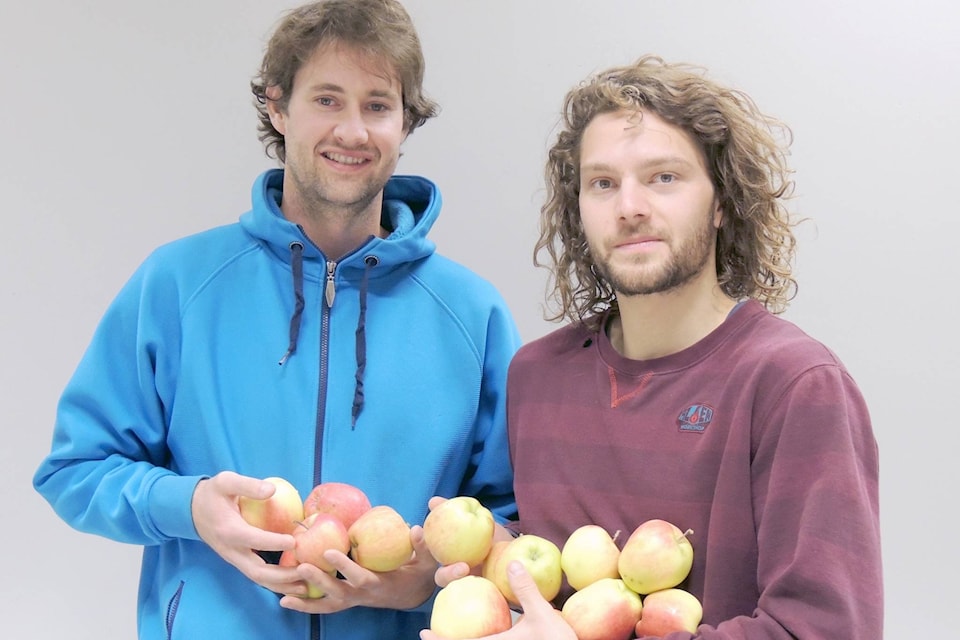Genetically modified organisms or GMOs have been a heavily debated issue since their introduction.
Genetically modified crops have been approved for growth in Canada for 20 years. In March 2016, Okanagan Specialty Foods has added to the short list of approved crops with their new Arctic apple, but there’s something different about this one. While other crops are modified to improve the efficiency of growth, harvesting, and preservation, the Arctic apple has been modified purely for aesthetic purposes.
The Arctic apple is essentially a Golden Delicious apple which has been genetically modified to not brown when cut. This would seem appealing to some, such as restaurants that want to prepare foods early but still have fresh “looking” cut fruit when it’s time to serve customers, though others have concerns of adverse health effects.
Do we really know the full effects of this genetic meddling? While it has been approved by the FDA in the states, the apples are still not legally sold in Canada. Without this natural browning or bruising effect, how can we tell how fresh a cut apple is? What effect does the introduced gene have on consumers, insects, and other animals? Genetically modified organisms have been a controversial topic in relation to human health, but what do we know about the environmental impacts of the aesthetically pleasing Arctic apples. Browning of apples is a reaction to cell injury, part of the plant’s natural response to harm, which some find undesirable.
However, the Arctic apple has been modified through suppression of its genes for this trait, a process known as ribonucleic acid (RNA) interference. Studies indicate that this may pose some unnecessary risks to consumers. The RNA interference process interferes with the browning gene.
Research has shown that genetic material involved in the process can survive digestion in our stomachs and intestines, which can then enter the bloodstream and the cell tissues. Absorption of this genetic material may influence the function of cells in the consumer. Accordingly, this should require further investigation before the apple hits the market in Canada.
Not only might this be risky for people, and especially infants, but the effects could be detrimental to bird and insect communities that inevitably feed on these apples. Recent bee studies have found that genetic material, administered in food, can alter the expression of genes in the bees which could have enormous effects on the already vulnerable bee populations.
Long-term effects of the Arctic apple require more consideration and investigation, with a true interest in environmental and human health. Nearby apple growers are also concerned with the inadvertent threats the Arctic apple may have on their crops. Risks include the introduction of the modified genes into nearby crops and wild flora, which could drastically affect overall biodiversity and plant ability to properly cope with threatening insects and pathogens. The aesthetic benefit of the Arctic Apple should not take precedence when considering production. Andrew Kimbrell, founder and executive director of the Center for Food Safety stated the apples are “completely unnecessary and pose numerous risks to apple growers, the food industry and consumers”. The large unknown effects of this product warrant further investigation by Health Canada before they are approved for sale here, especially regarding the impacts it may have on the increasingly sensitive environment.
Leo Levesque and Aaron McGregor are second-year Recreation, Fish and Wildlife students at Castlegar’s Selkirk College.
